The Bar Reina was situated in Plaza de la Reina and faced a large roundabout with a central fountain and the magnificent Palacio de la Almudaina, a former Arab citadel built over Roman ruins in 1281, which was later used as the summer residence of King Jaime II, and in present days as a museum and venue for state events. The outdoor seating of the cafe bar consisted of several small round tables and metal chairs perched on the sidewalk against the exterior wall of the building. There was not much room for pedestrians to pass but it seemed as though they took this for granted, maneuvering their way quite naturally past pavement obstacles.
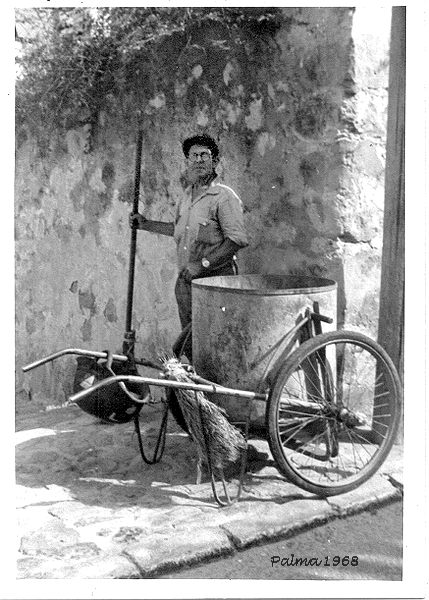
The plaza bustled with streams of heavy green buses which spewed black exhaust fumes while heaving their way to the bus stops lining the plaza. Some of them sported the word Campari painted in bright letters along their sides, while the front panels indicated strange names such as C'an Pastilla, Illetas and El Arenal. It was all so totally foreign and exciting for me. Even the people looked quite different. I had never seen such a colourful mixture of faces and races bustling together. Dark Mediterrean skins and black hair contrasted with pale nordic blondes who were part of the newly arriving groups of tourists from Northern Europe. To the left was a long and beautiful promenade shaded by giant plane trees, the Paseo del Borne, bordered on either side by narrow lanes of traffic.

Mr. G. explained that after dining it was customary to have either a small black espresso coffee un cafe solo or the same with a dash of hot milk, un cafe cortado (cortado meaning cut). I agreed to have the cafe cortado which was his choice. As were many people at the time, I was a smoker and had come equipped with a carton of my Canadian Craven A cigarettes. Mr. G. also shared the habit and pulled from his pocket a green and white package of Spanish cigarettes. He suggested I try one of his, which was made from the black tobacco grown in the Canary Islands. The brand was Record and they cost only about 4 pesetas for a package of twenty. I lit one and immediately was able to identify that unusual acrid scent I had noticed permeating the airport and streets of Palma. It was the scent of black tobacco, the same smell as the French cigarettes, Gauloise, which I had noticed at times in Canada when French Canadians had been smoking them.

The coffee arrived, served by our waiter who was typically dressed in black trousers, and a neatly ironed white shirt. He carried a small white towel over his arm as he served the two small coffees from a round metal tray. This was the traditional garb of the Spanish waiter. It was meticulously fresh and smart looking and was so in even the most modest cafe bars. As I inhaled the strong scent of the fresh coffee I looked down at my tiny cup and was surprised to see it was made of glass and had no handle. And there was sugar in the form of a long rectangular cube wrapped in paper. How to pick up the glass? I observed Mr. G. as he showed me the way to gingerly pick up the tiny cup with thumb and index finger while using the little finger to brace the underside of the cup. A sip from the cup and then back down to the saucer. This had to be done quickly before the burning sensation was felt in the fingers. A quick shake of the hand to indicate that the glass was really hot and then another inhalation of strong black tobacco. So this was Palma. And I was fascinated!
Continue on to Chapter 5......Son Armadams & The Colmado
Go back to Chapter 3......The Viking
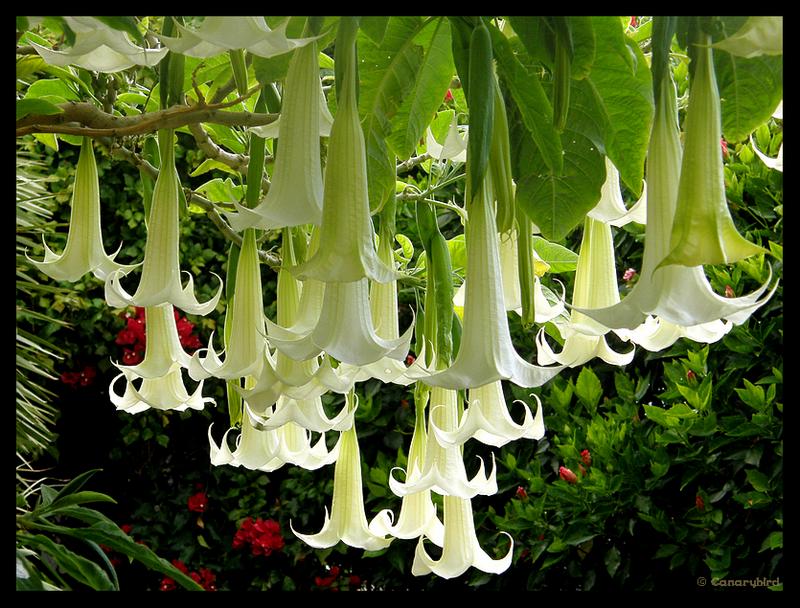






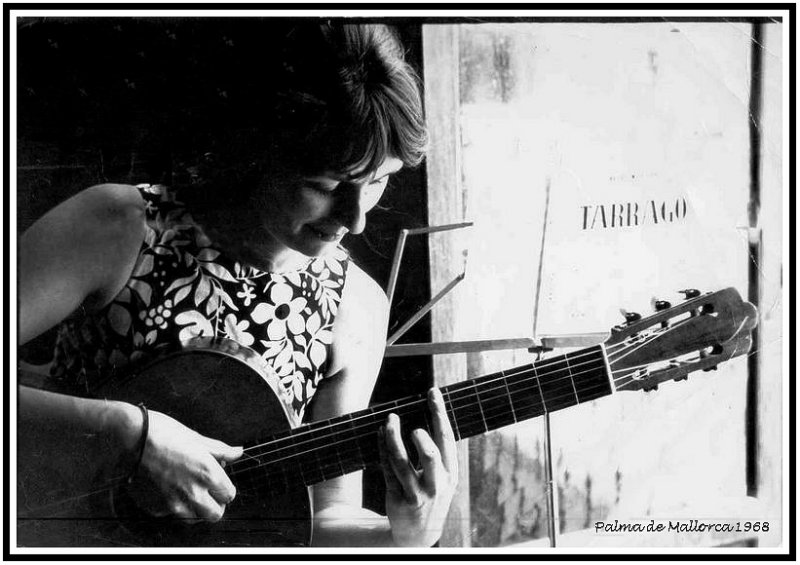
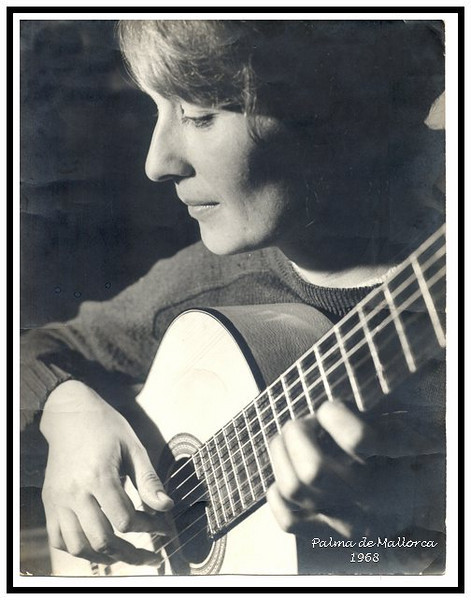
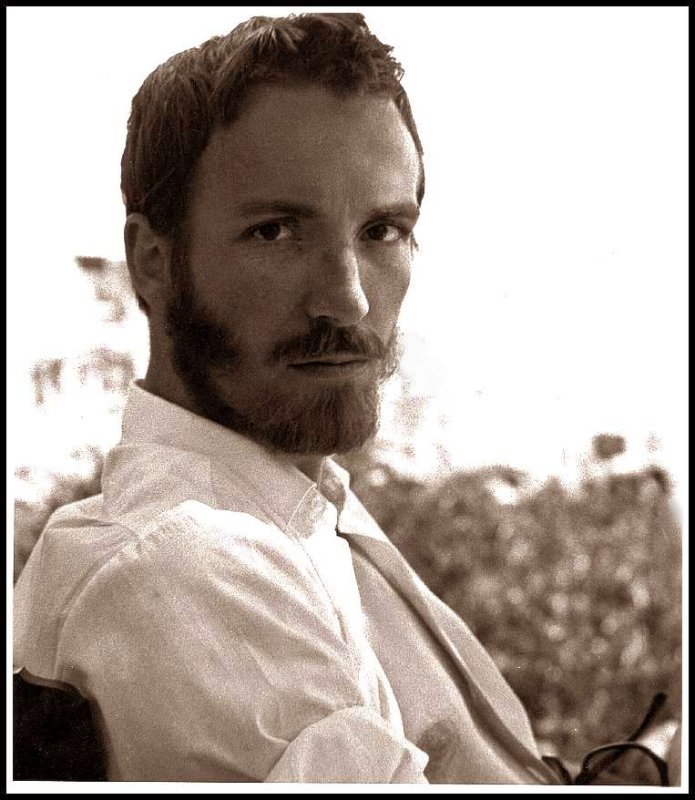

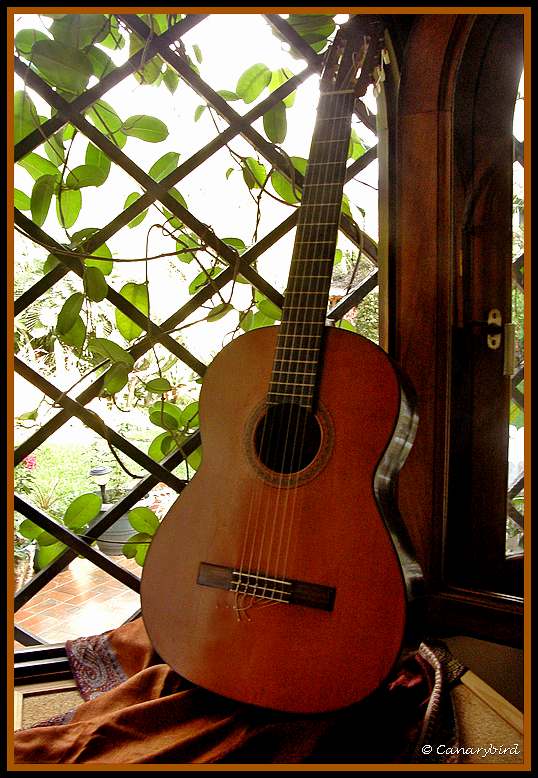
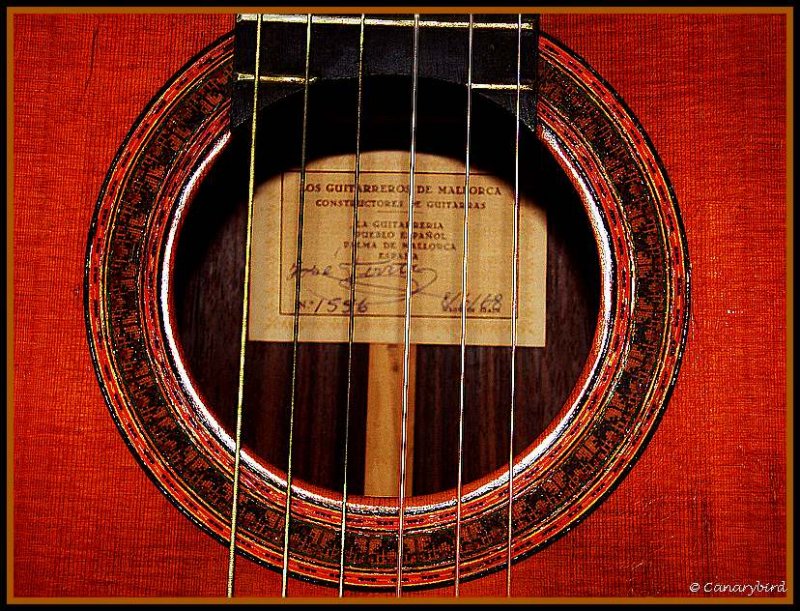
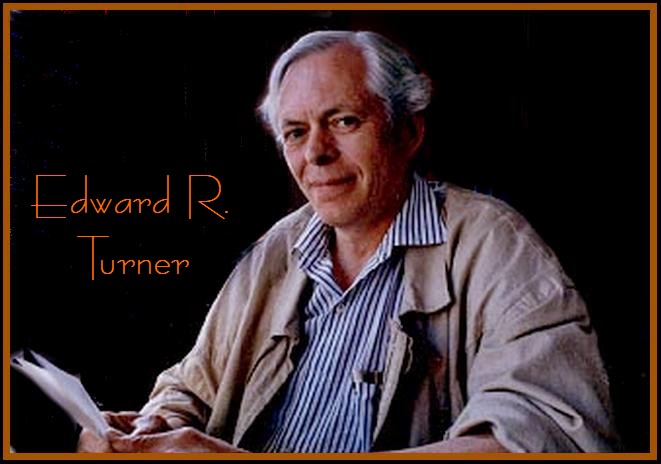
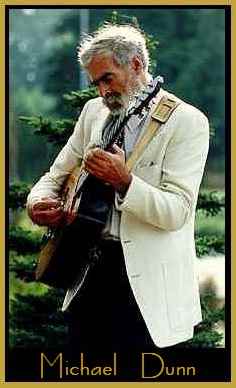
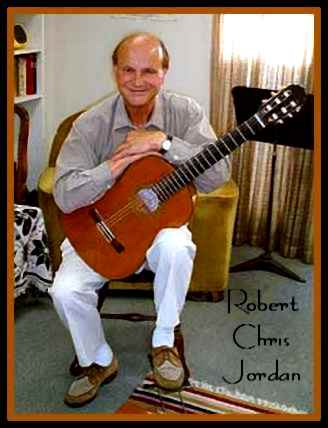
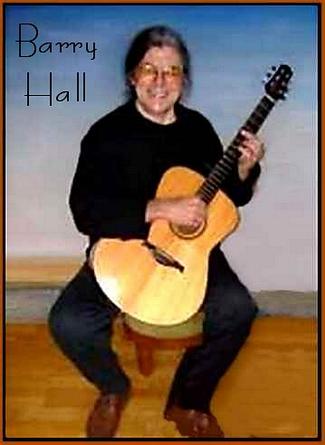




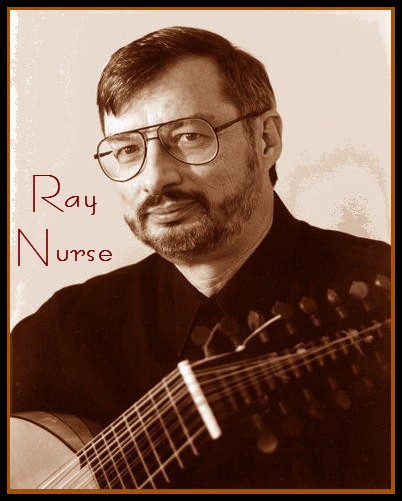




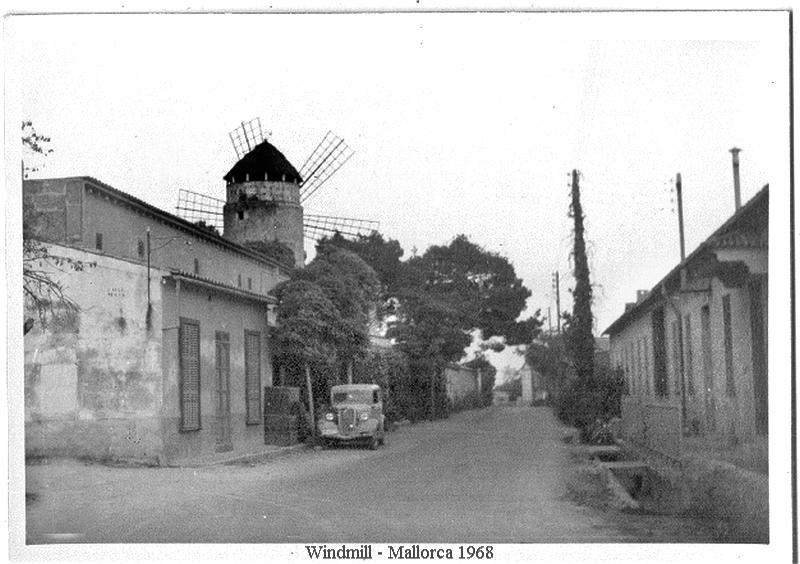
1 comment:
This is fun to go back love the Son Armadams pics and do remember the colonia being sprayed to my friends hair! I think the Borne photo of the 3 of us must have been 1974, just before we went back to Canada or just after returning for the second "tour"
;-)
Love Gilly
Post a Comment